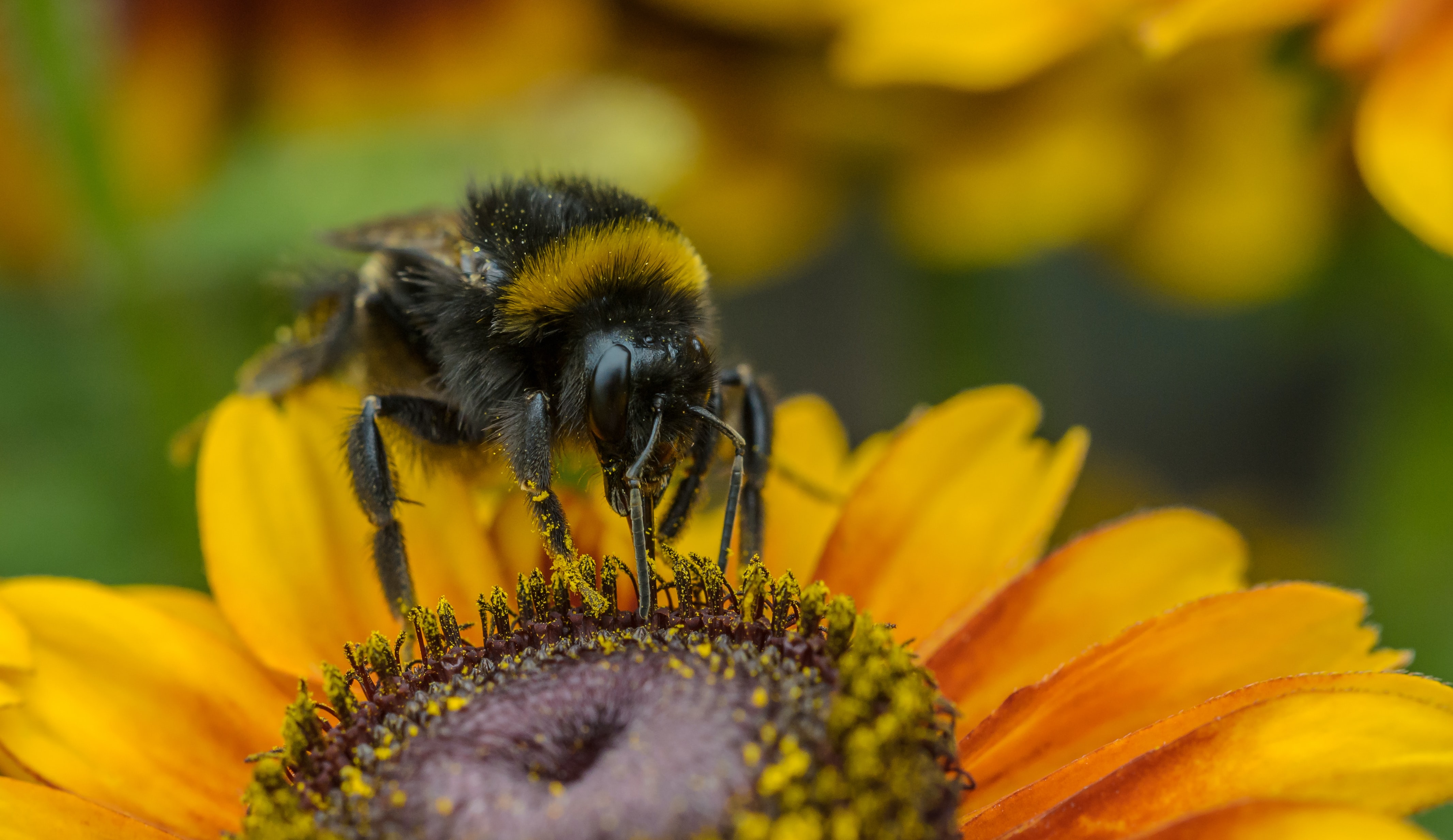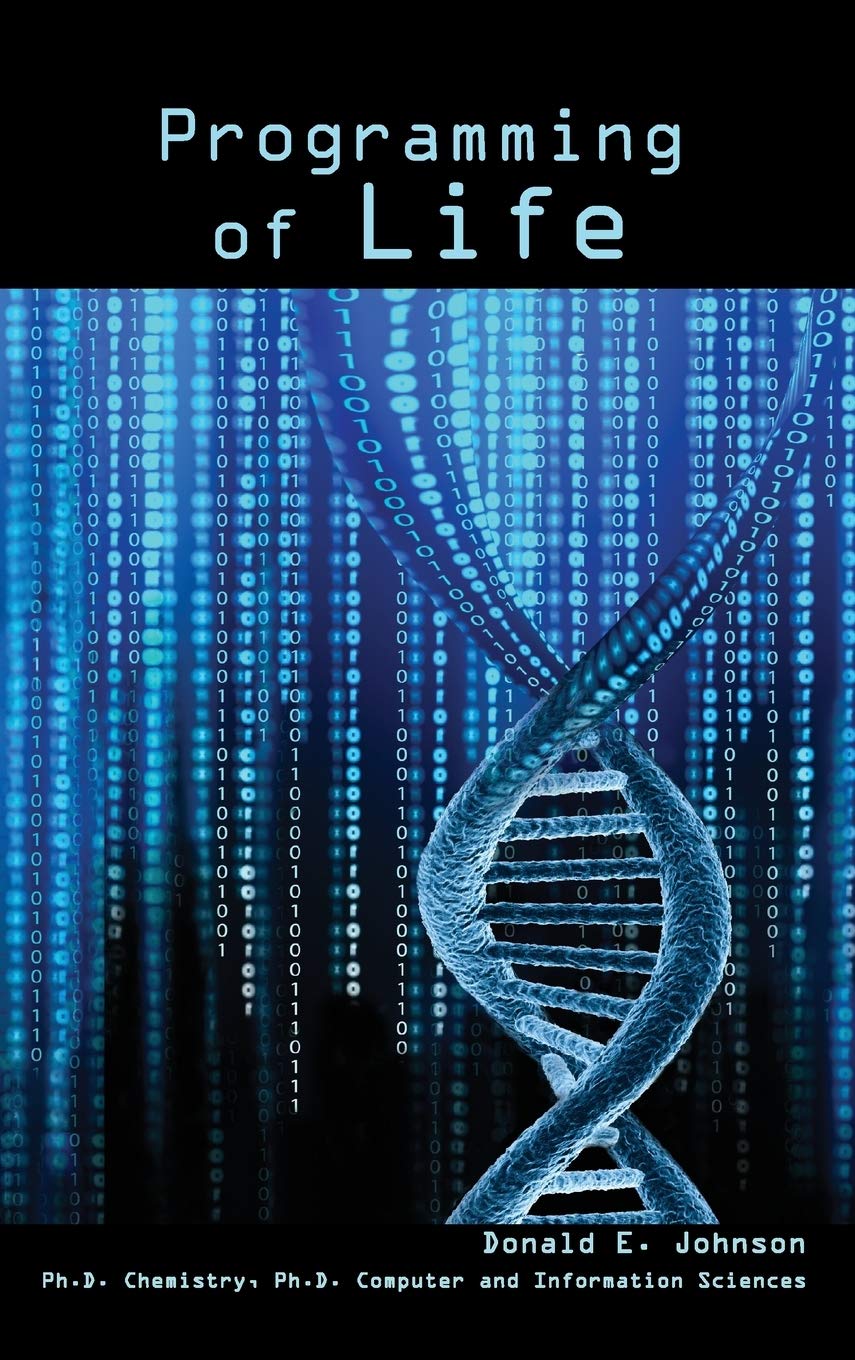An interesting article appeared recently in the journal Science that suggested that bumble bees have solved a problem that plant physiologists have been working on for one hundred years! It was in 1920 that plant physiologists Wightman W. Garner (1875-1956) and Harry A. Allard (1880-1963), while working with tobacco and flowering cosmos, discovered that the correct length of day is essential for the onset of flowering in these plants. They named the phenomenon “photoperiodism,” and it is an extremely important control on the beginning of the flowering process in many plants.
Our ability to control the onset of flowering has not progressed much beyond the discovery of photoperiodism. In a review article, Fui-Ching Tan and Steve M Swain (Physiologia Plantarum 128:8-17. 2006) confide that “Initiation of flowering is a highly regulated process, which involves temporal and spatial interactions between external and internal factors. External signals that are pertinent to the flowering process include day length (in fact the length of the night) and temperature. These together with endogenous factors, such as developmental stage and floral gene activities, act to promote flower initiation.” (p. 9) To this day, greenhouse growers use expensive automated blackout shading to promote flowering in short day plants like chrysanthemums.
For more than seventy years, plant physiologists have speculated that a mysterious hormone (called florigen) is synthesized in the leaves under environmental conditions that are appropriate to the specific plant species. Part of the story is that this hormone then moves upward through the phloem to the growing stem tip (apical meristem). A meristem is like human stem cells. The cells of the meristem can divide indefinitely, and some of the daughter cells stay as meristem, and some mature into other specific tissues. Upon arrival in the apical meristem cells, florigen somehow encourages the production of flowers rather than leaves from the growing tip. In some ways it seemed as if florigen was like the “tooth fairy,” a useful fiction. But guess what! Florigen actually exists and its impact on meristems is exciting and complex.
A review article by Hiroyuki Tsuji on the molecular function of florigen (Breeding Science 67: 327-332. 2017) began with the news that in 2007 “the molecular nature of florigen was revealed as the protein product encoded by the FLOWERING LOCUS T (FT) genes in plants.” (p. 327). Under the appropriate environmental conditions, cells in the leaf synthesize florigen, a small globular protein. As previously expected, this molecule is transported up to the growing stem tip. In these cells, the florigen combines with a receptor protein called 14-3-3 to form a complex which moves into the nucleus {control centre] of each cell. There the complex combines with another protein (transfer factor) to form the florigen activation centre (FAC) which attaches to the DNA at the appropriate point to promote the expression of genes which initiate the development of flowers. Wow! Scientists now hope that this information will enable them to speed up the onset of flowering in crop plants like rice.
But what has all this to do with bumblebees? An article out of Switzerland, printed in the journal Science (F. G. Pashalidou et al. Science 368: 881-884. 2020), tells an interesting story. The title is “Bumble bees damage plant leaves and accelerate flower production when pollen is scarce.” Exactly how do the bees speed up flowering? What do they know that we do not know? According to the article, there are some occasions early in the spring, when bumblebee colonies find themselves very hungry for lack of pollen to eat from flowers. On such occasions, scientists have observed that the bees go from plant to plant, using their mouth parts to poke holes in the leaves. Since the bees did not seem to be obtaining any nutrients from this process, scientists set up some experiments to find out what was going on.
On a roof garden, scientists provided hungry bees with young Brassica nigra (black mustard) plants and Solanum lycopersicum (tomato) plants. The study revealed, to everyone’s surprise, that the acceleration of flowering by bee-inflicted leaf damage was “substantial.” Thus they reported: “in S. lycopersicum [tomato], the average flowering time of bee-damaged plants was 30 days earlier than that of undamaged plants and 25 days earlier than that of [human] mechanically damaged plants. In B. nigra [black mustard], the same comparisons yielded differences of 16 and 8 days, respectively.” (p. 881) To confirm these results they conducted further extensive studies involving two roof gardens, various combinations of plant choices for the bees, and some observations of wild bees as well.
The difficult question for evolutionists is how do bees manage what people cannot (to speed up the onset of flowering), and how did the bees figure out how to achieve this anyway? A commentary from a bee expert in the same issue of Science (pp; 824-825) suggested that: “One possibility is that individual bees figured out that leaf-biting results in future rewards, and that these bees remember the very plants they have damaged.” (p. 825) However few worker bees would survive long enough to benefit. Dr. Chittka further muses: “One might wonder why bees would bite holes in vegetative parts of plants that do not even have flowers.” Admitting himself at a loss to explain all this in evolutionary terms, he expresses the hope that future studies will develop a “plausible evolutionary scenario” for the situation. As to why the bees’ activities have any impact on flower initiation, he suggests that “An adaptive explanation might be that plants ‘want’ to respond to bees that are signalling a dearth of food.” Farmers sometimes want early flowering too, but it doesn’t do them a lot of good.
The whole situation reminds us that there are many instances in nature of amazing behaviour patterns among creatures such as insects. Could such talents have developed spontaneously through evolutionary processes? Obviously short-lived creatures like bumblebees cannot adopt a behaviour with no obvious benefit. It has to be programmed into them. We see planning and purpose in all this, the conferring on these insects of an amazing ability to manipulate a complex process in plant physiology that no one else knows how to achieve. What a gift to the species. What an amazing creation!
Margaret Helder
September 2020
Subscribe to Dialogue







